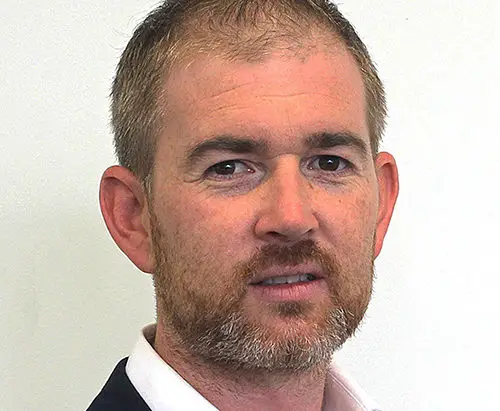An emerging theme in our sector is that there are more matters to be considered – and more to be considered earlier. An inevitable outcome is that things may take longer – meaning its even more important to be aware of the necessary inputs and to set realistic timeframes.
Some of the main changes we’re observing relate to archaeological matters, cultural values and hazards. None of these are necessarily a bad thing, however – it’s just an element of change.
Section 6(h) of the Resource Management Act requires all persons exercising functions and powers under it to recognise and provide for the protection of historic heritage from inappropriate subdivision, use, and development. This has generally been given effect to by District Plans and property information identifying the presence of archaeological sites, for which the Heritage New Zealand Pouhere Taonga Act 2014 sets out a framework for allowing and managing works that may affect such sites.
There has always been an overlap between the two Acts, and while authorities in relation to archaeological sites are sometimes obtained prior to or as part of resource consent applications for larger projects, it is becoming more common for this to be focused on for smaller projects as well – requiring greater inputs up front of a process.
This has pro’s and con’s. On one hand, greater certainty is obtained for all parties, but on the other, gone are the days of stepping through the process one regulatory step at a time and managing cost as you obtain more certainty. Whether the RMA actually envisages the Heritage New Zealand Pouhere Taonga Act 2014 being implemented concurrently seems to be a mute question, as the emerging theme is that if it needs to be done at some point, it needs to be done now.
It’s a slightly different situation with cultural impact assessments, but there is again an emerging theme that these are beginning to be required on what would have been considered less complicated applications. Again, I’m not suggesting this is a bad outcome, as in most cases they reveal some pretty interesting findings and matters that are worthy
of consideration and management.The message is that inputs previously associated with only larger scale projects are becoming common day requirements.
As we’re becoming more aware of different natural hazards, this is another topic which is requiring a lot more consideration earlier. Again, not a bad thing considering the idea is to avoid making decisions that could put people, property and infrastructure in harm’s way. However, while the technical inputs are based on very hard science, there is subjectivity around the parameters used to generate models and predictions, and a lot of time can be spent between designers and auditors in agreeing on the inputs and being comfortable with the solutions.
So, the message is there are actually a lot more things to consider earlier now. This shouldn’t justify just wanting to know things for the sake of knowing them, but where reasonable, it’s a transition we all need to make, meaning projects need to be well scoped and momentum maintained.
As a company we have increased our capacity and are continuously reflecting on and responding to changes in the industry and have developed processes to identify necessary inputs early so that key areas can be refined and focused on and certainty obtained so that costs and timeframes can be managed as best as possible.



